
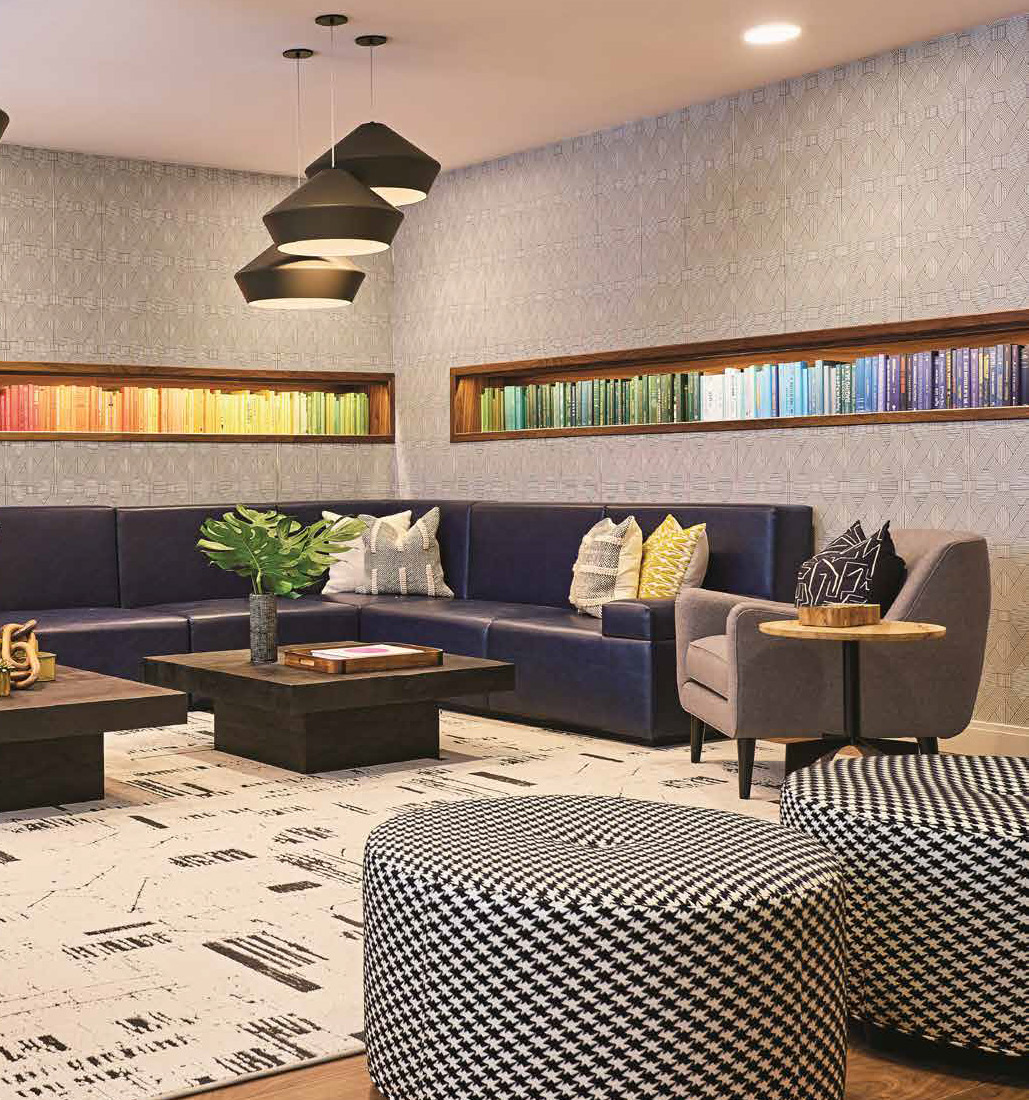
Can interior design really impact our well-being? In a word, 'Yes.'
But first, let’s take a closer look at what's really going on. Aside from the devastating, direct impact of the pandemic, there have been, and continue to be far-reaching indirect impacts on our health that have arisen as society has reshaped itself to deal with Covid-19.
'From working remotely to virtual learning to simple isolation, this new way of life is having some serious side effects.'
-MARY COOK, FOUNDER AND PRESIDENT | MARY COOK ASSOCIATES
Damage beyond infection
As we enter our third year of a pandemic, doctors and health care workers say some clear trends have emerged as people spent the last two years working and schooling from the kitchen table, bedroom, or couch, and cut off from more physically and socially active lifestyles. And the complaints stretch to the far reaches of the human body.
Specialists report that more patients are experiencing aches and pains that emerge without obvious injury, then stick around. Growing numbers of patients suffer from neck pain, upper back pain and headaches.
Jaspal Singh, a pain and rehabilitation medicine specialist at Weill Cornell Medicine in New York reports that before the pandemic, 70 percent of his patients complained of lower-back and leg pain. Now, more than half have the kinds of aches that come from hours at home workstations, where we curve our shoulders forward and jut our heads out in front of our bodies to look at a laptop whose screen is too low.1 And all too often, we're doing it on chairs that are designed to support you through a meal, not a whole workday.
Not only are Americans experiencing physical pain, there are emotional anxieties as well. As articulated in the Atlantic article, 'The Year America's Hair Fell Out,' millions of Americans dealt with significant emotional stress due to pandemic-related circumstances.2 We realized the importance of socialization, intimacy, personal interaction and play. We adopted pets and bought plants as we yearned to take care of something.
Pandemic-related stress has resulted in an explosion of other maladies like nail biting, skin picking, hair loss and hair pulling. Widespread depression, poor eating habits and unhealthy weight gain are rampant.
Working remotely takes a toll on our interpersonal skills, too. When we work remotely, it's harder to forge deeper relationships. Collaborating is harder. Communication skills suffer; empathy is compromised. 'Keyboard Warriors' say things online they'd never say in person.
The bottom line is that remote work, isolation, current affairs, and pandemic worries are causing a lot of stress. And stress is a killer. Chronic stress is linked to the six leading causes of death: heart disease, cancer, lung ailments, accidents, cirrhosis of the liver and suicide. And more than 75 percent of all physician office visits are for stress-related ailments and complaints.
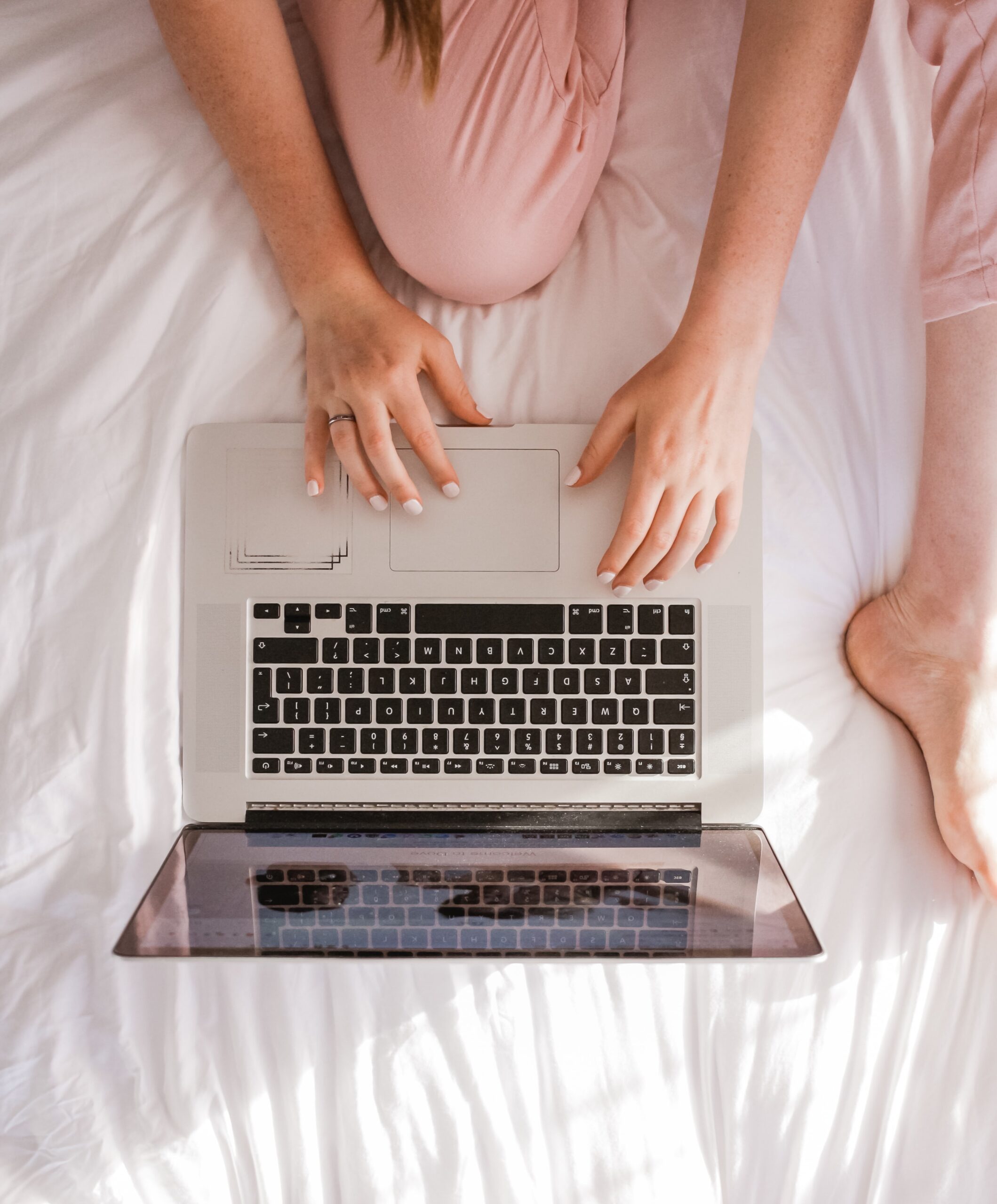
The physical demand of working from home is proving to be larger than employees realized.
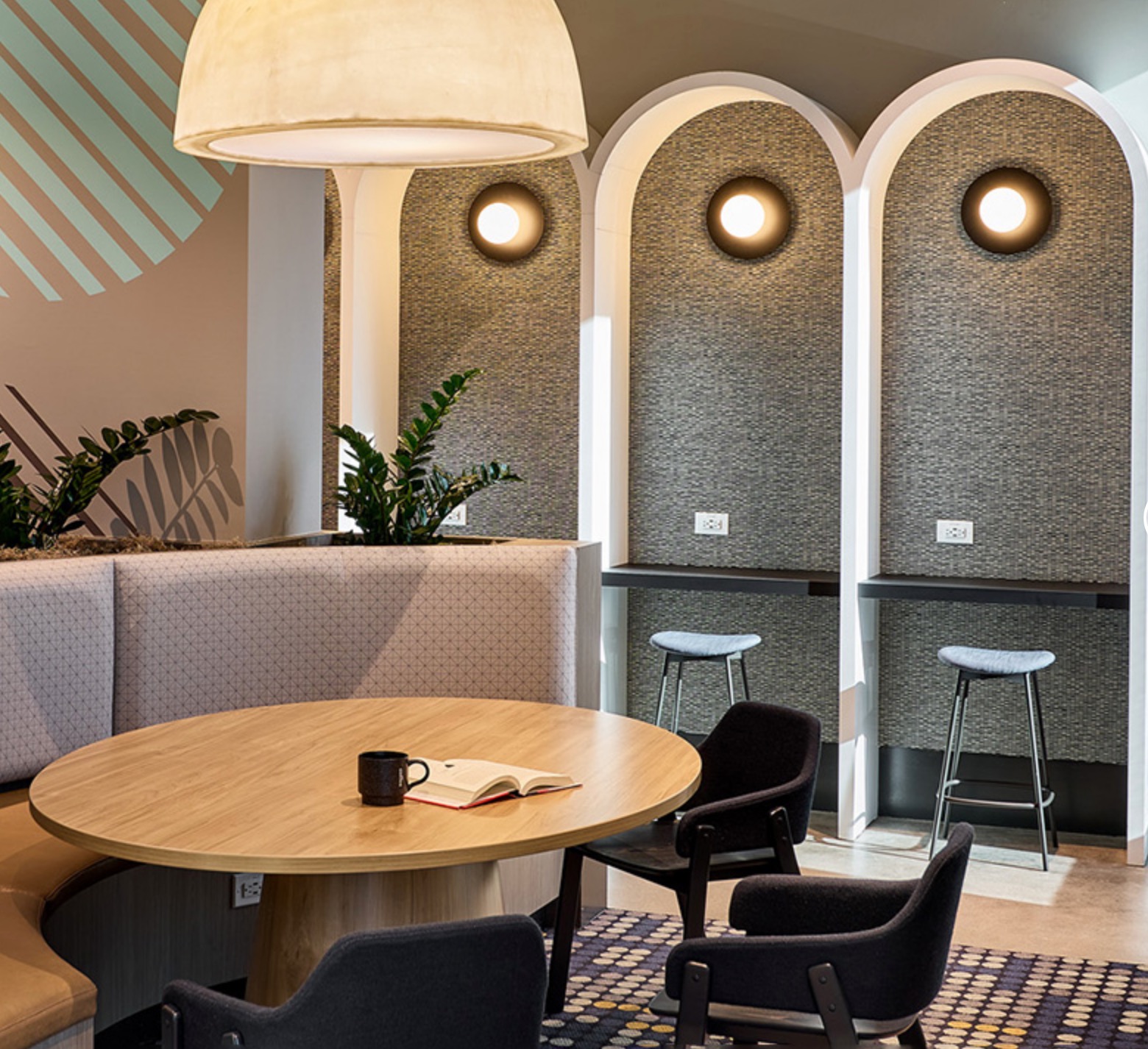
Striking design elements at ASU’s Canvas provide unique experiences for both individuals and small groups.
PEOPLE ARE HURTING
And great design is the answer?
Now, we would never claim that good design is a cure for all of these maladies. But yes, great design can impact people in powerful and positive ways.
We've seen it happen time and time again over the last 30+ years across every market and price point imaginable. Well-designed spaces actually perform for the people who experience them. A well-designed space can excite and energize. It can motivate and inspire. It can even soothe and relax.
'Yes, great, harmonious design can create a sense of well-being and reduce stress.'
-JOSH KASSING, VICE PRESIDENT, DESIGN DEVELOPMENT MARY COOK ASSOCIATES
As more people transitioned to at least partial remote work, we studied how the spaces we designed pre-pandemic performed and adapted under pressure as the role of the office evolved. We started to think about community spaces through a new lens. Going forward, remote workspaces, whether in a private residence, multi-family community, or hospitality venue will need to retool with the latest technology, ergonomically designed workstations and reimagined collaboration stations. There will be a cross-pollination that takes place between the remote office and the traditional corporate offices.
Offices used to be places you went to get your work done. Whatever that work was. Today, they are places you go to get the work that you cannot do remotely done. As these new spaces develop, new design criteria can be employed to optimize both their function and their ability to perform for the people who experience them.
We have always known that great interior design is part art and part science. The art component is subjective: 'I like contemporary or I like traditional.' The science component is more objective: 'I hate that place. I can't hear in there.' 'I love that place, I feel so pretty in there.' That last one is a direct quote from a woman who experienced one of our clients' spaces.
And the link between aesthetics and well-being is more than anecdotal. There's proof.
HUMAN-CENTERED DESIGN GAINS MOMENTUM
The science of design
Neuroaesthetics uses neuroscience to study the impact of aesthetic experiences at the neurological level. And it's gaining momentum among researchers. The International Arts + Mind Lab (IAM Lab) at the Pederson Brain Science Institute at John Hopkins University is a multidisciplinary research-to-practice initiative devoted to neuroaesthetics.
The IAM Lab unites brain scientists and practitioners in architecture, music, and the arts to foster collaboration and research with the goal of enhancing the way we live. Recently, IAM partnered with Aspen Institute's Health, Medicine & Society Program (HMS) to study how aesthetic experiences measurably change the body, brain, and behavior. The initiative's culminating report, NeuroArts Blueprint: Advancing the Science of Arts, Health, and Wellbeing, cites that many countries, along with The World Health Organization (WHO), are actively supporting the use of aesthetic experiences and art to support health and well-being.
Among visual arts, performing arts, media arts and others, the Blueprint identifies architecture, design and built environment as one of the core components that can advance well-being. It further substantiates interiors as a key component of design that can improve well-being.
So, now what?
Now that we know the lay of the land, how do we create designs that will function optimally in post-pandemic landscape? By responding with design and programming solutions that naturally integrate and embed these essential elements, people and communities will maximize their potential.
SCALE: is the relative size of something.
PROPORTION: is the relationship between the sizes of different parts, things, and elements.
PROXEMICS: is the study of space, how we use it, and how it makes us more or less comfortable; how we arrange objects and ourselves in relation to space.
ERGONOMICS: is the process of designing or arranging workplaces, products, and systems so that they fit the people who use them.
'When a space is well-designed people find themselves lingering longer, inviting more friends and feeling more enjoyment.'
-JOSH KASSING
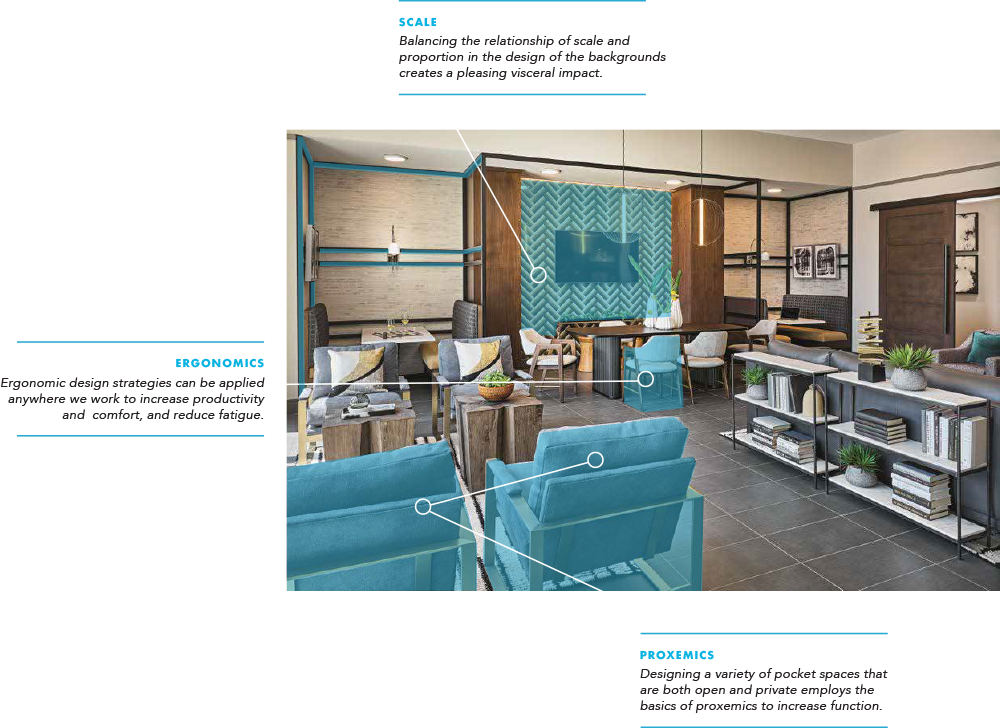
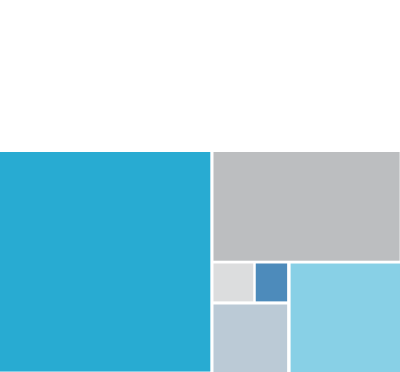
Scale
Scale and proportion are the Holy Grail of great design. They work together at every level to elevate the human experience in the built environment. When you walk into a room, and everything in it is in harmony, when the scale of the fireplace complements the height of the ceiling, when the chair is in the correct proportion to the coffee table, or the desk is in perfect scale to the credenza, you can feel it.
It's hard to articulate, but you know it when it's off. It's a visceral thing. When we're asked to 'fix' a design, 99% of the time, scale and proportion are the problem. Scale and proportion have such a powerful impact on people, they can increase value and demand, improve productivity, and impact overall human wellness. Combine them with the aesthetic that's right for your intended user, and the results will captivate and engage those who experience it.

Proportion
The cornerstone of proportion was first articulated in ancient Greece, but it's actually as old as nature. Greek mathematicians and scientists saw that a certain proportion was naturally pleasing to people. They saw it in nature. They saw it in human anatomy. It just felt right. so, they started using it in their art and architecture.
They call the proportion phi after the Greek sculptor Phidias, who had a real affinity for it. Over the centuries, it's been called many things: the Golden Ratio, the Golden Section, the Golden Mean, even the Divine Proportion. The math works out to the relationship between 1 and 1.62. if you place an object that's one foot long next to an object that's 1.62 feet long, the relationship will be visually pleasing.
When everything in a room is in balance, the design, and everyone in it, feels great.
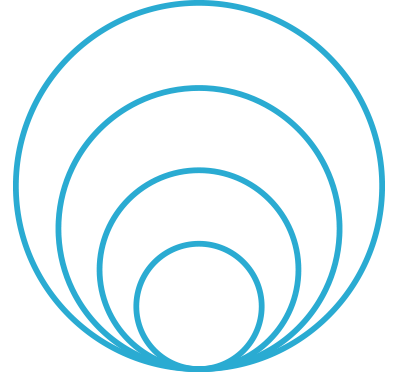
Proxemics
Proxemics determines how more or less comfortable people feel in certain spaces. After the pandemic we need to think about proxemics and how some people may be feeling differently about closeness. The pandemic has caused radical changes in our comfort levels with proximity. Isolation and social distancing have taken root with a lot of people, and we need to take the new ways people think about closeness into consideration when we design.
We know that when we're outdoors, or near an open window, we're more comfortable being closer together. Move us indoors, and we naturally tend to spread apart. So, pocket spaces need to be open yet, private. Proximity to open doors and windows offer views of and access to outdoor amenities and will help people engage in social areas.
How the lingering effects of the pandemic influence our designs as we move forward is yet to be seen. But it's certain that flexibility will be critical, and adaptable and adjustable spaces that open to the outdoors will be in greater demand.
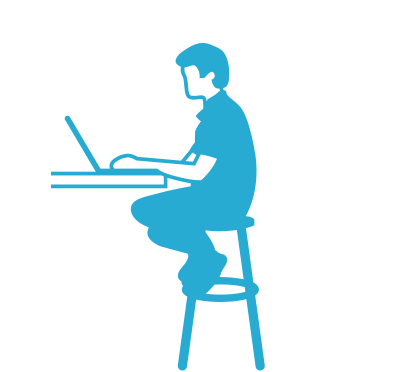
Ergonomics
The key to ergonomic design requires us to look at three main characteristics known as Ergonomic Stressors: the force required to complete a task, any awkward or static working postures adopted in completing a task, and the repetitiveness of a task. Any of these factors, or any combination of these factors, may place someone at greater risk for discomfort.
According to the EPA, Americans spend 90% of our lifetimes indoors. And the majority of that is spent at home. That will probably increase as remote work becomes permanent. So, we can expect our homes, apartments, amenity and common areas that are currently doing double duty to incorporate ergonomics more and more.
WE HAVE TO DO MORE THAN BEAUTIFUL
Bringing it home
People are hurting. Community is hurting. We know how to do 'beautiful.' But, as people emerge from this pandemic and reengage in socialization, we'll have to do more than 'beautiful.' Beautiful design has a very positive impact, but great design can do so much more.
By making the principles of scale, proportion, proxemics, and ergonomics part of the DNA of our designs, we can organically affect the physical and emotional well-being of the people who experience them. With a focus on whom we are designing for, spaces can be designed and curated to facilitate activities both passive and active that allow people to feel, do, and be their best.
Great design plays a larger role than most people believe. It won't eliminate the stress from our lives. But if we optimize the impact of the place where we spend most of our time, great design could be a life-saver.
'Even to those who think themselves indifferent to such detail, much of the sense of restfulness and comfort produced by certain rooms depends on the due adjustment of their fundamental parts.'
– EDITH WHARTON , THE DECORATION OF HOUSES
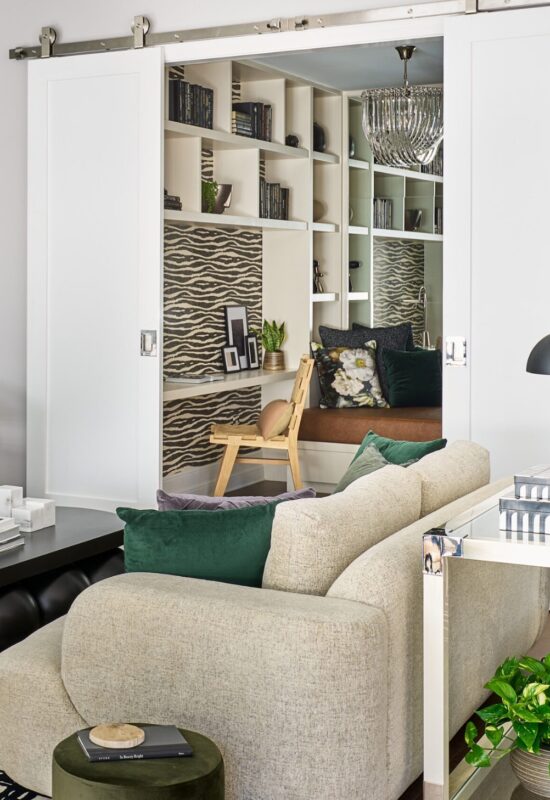
A residence in Chicago’s Tribune Tower effectively integrates scale, proportion, proxemics and ergonomics to create a positive living experience.
GET THE PDF VERSION HERE
MEET THE AUTHORS

Mary Cook, Founder and President
Mary Cook is the founder and president of Mary Cook Associates (MCA), a fully integrated interior architecture and design firm nationally known for creating innovative interiors that are targeted to market demands, designed to increase property value and deliver measurable returns. The firm's projects for premier owners and developers of real estate include multi-family, model homes, student living, senior living, clubhouses, restaurants, and hospitality environments. Under Mary's leadership, the work MCA produces emphasizes functionality, showcases possibilities, and accelerates sales and leasing. Currently celebrating its 35th anniversary, the firm continues its national presence with award-winning work that spans 36 states.

Josh Kassing, Vice President, Design Development
Josh Kassing is Vice President, Design Development at Mary Cook Associates (MCA). Serving as the leader of MCA's Concept Studio, he bridges business development, marketing, and design to develop and curate the firm's unique design approach. With nearly a decade of design experience for domestic and international commercial, residential and hospitality projects, he is a regular go-to source for the industry. His contemporary perspectives have been featured in podcasts, Mansion Global, The Wall Street Journal, Builder & Developer, Multi-family Executive, Multi-Housing News, Globe Street and IIDA Perspectives. He is also a frequent presenter at industry conferences.
Watch for our next white paper
as we delve into the power of light
and lighting.
1 'Yes, the Pandemic Is Ruining Your Body,' Amanda Mull, The Atlantic, January 14, 2021, https://www.theatlantic.com/health/archive/2021/01/quarantine-giving-you-headaches-back-pain-and-more/617672/
2 The Year America's Hair Fell Out,' Amanda Mull, The Atlantic, November 11, 2021, https://www.theatlantic.com/health/archive/2021/11/pandemic-hair-loss-treatment-products/620696/
3 'NeuroArts Blueprint: Advancing the Science of Arts, Health, and Wellbeing,' Aspen Institute, 2021, https://neuroartsblueprint.org/blueprint-report/
4 'Americans Spend Less Than 8 Percent of Their Time Outdoors,' Katharina Buchholz, Statista, April 16, 2020, https://www.statista.com/chart/21408/time-americans-spend-indoors-outdoors/


